38 australian food labels explained
› daily-newsMilitary Daily News, Military Headlines | Military.com Daily U.S. military news updates including military gear and equipment, breaking news, international news and more. Guideline Daily Amount - Wikipedia A Guideline Daily Amount (GDA) was a nutrition facts label originally designed in 1996 in the United Kingdom (UK) as a collaboration between the government, the food industry and consumer organisations. GDAs appeared on the front and back of food packaging to help raise awareness of how much a food item represents as a proportion of a balanced intake each day …
techmeme.comTechmeme Oct 17, 2022 · The essential tech news of the moment. Technology's news site of record. Not for dummies.
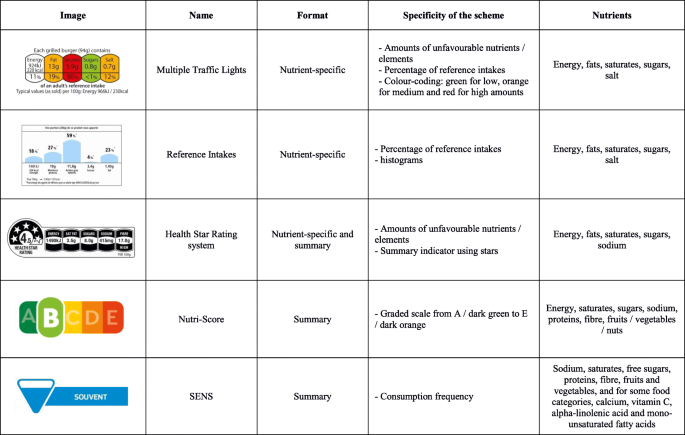
Australian food labels explained
› Defense-Food-Michael-Pollan › dpIn Defense Of Food: Pollan, Michael + Free Shipping Food scientists make "fake foods" or "foodlike substances" through the process of adulteration. The most important thing about any food is not its nutrient content, but its degree of processing, and "refining" is especially deleterious, or so says Michael Pollan in In Defense of Food. For Pollan, refined flour is the first industrial fast food. abcnews.go.com › internationalInternational News | Latest World News, Videos & Photos -ABC ... Oct 13, 2022 · Get the latest international news and world events from Asia, Europe, the Middle East, and more. See world news photos and videos at ABCNews.com en.wikipedia.org › wiki › Food_energyFood energy - Wikipedia Many governments require food manufacturers to label the energy content of their products, to help consumers control their energy intake. To facilitate evaluation by consumers, food energy values (and other nutritional properties) in package labels or tables are often quoted for convenient amounts of the food, rather than per gram or kilogram; such as in "calories per serving" or "kcal per 100 ...
Australian food labels explained. en.wikipedia.org › wiki › Anabolic_steroidAnabolic steroid - Wikipedia Most steroid users are not athletes. In the United States, between 1 million and 3 million people (1% of the population) are thought to have used AAS. Studies in the United States have shown that AAS users tend to be mostly middle-class men with a median age of about 25 who are noncompetitive bodybuilders and non-athletes and use the drugs for cosmetic purposes. " abcnews.go.com › healthHealth News | Latest Medical, Nutrition, Fitness News - ABC ... Get the latest health news, diet & fitness information, medical research, health care trends and health issues that affect you and your family on ABCNews.com en.wikipedia.org › wiki › Food_energyFood energy - Wikipedia Many governments require food manufacturers to label the energy content of their products, to help consumers control their energy intake. To facilitate evaluation by consumers, food energy values (and other nutritional properties) in package labels or tables are often quoted for convenient amounts of the food, rather than per gram or kilogram; such as in "calories per serving" or "kcal per 100 ... abcnews.go.com › internationalInternational News | Latest World News, Videos & Photos -ABC ... Oct 13, 2022 · Get the latest international news and world events from Asia, Europe, the Middle East, and more. See world news photos and videos at ABCNews.com
› Defense-Food-Michael-Pollan › dpIn Defense Of Food: Pollan, Michael + Free Shipping Food scientists make "fake foods" or "foodlike substances" through the process of adulteration. The most important thing about any food is not its nutrient content, but its degree of processing, and "refining" is especially deleterious, or so says Michael Pollan in In Defense of Food. For Pollan, refined flour is the first industrial fast food.

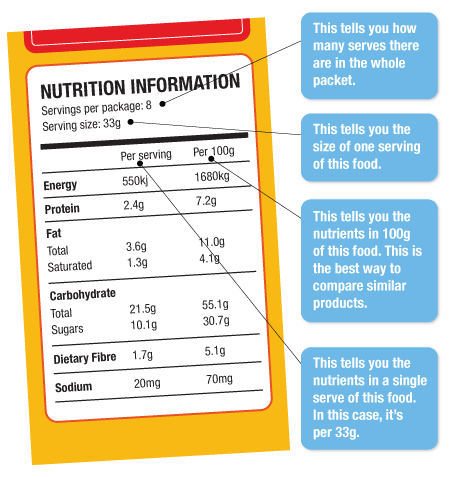









/cdn.vox-cdn.com/uploads/chorus_image/image/67682411/Screen_Shot_2020_10_21_at_7.51.59_PM.0.png)

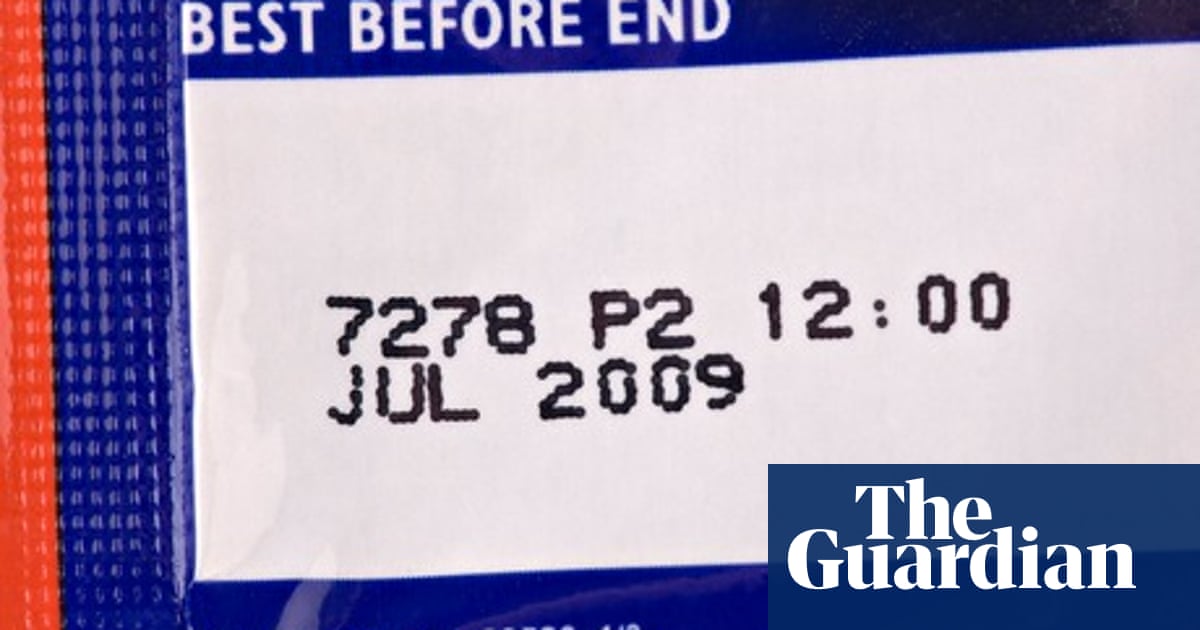


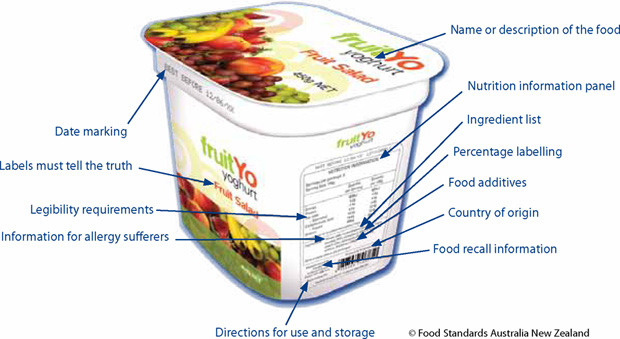


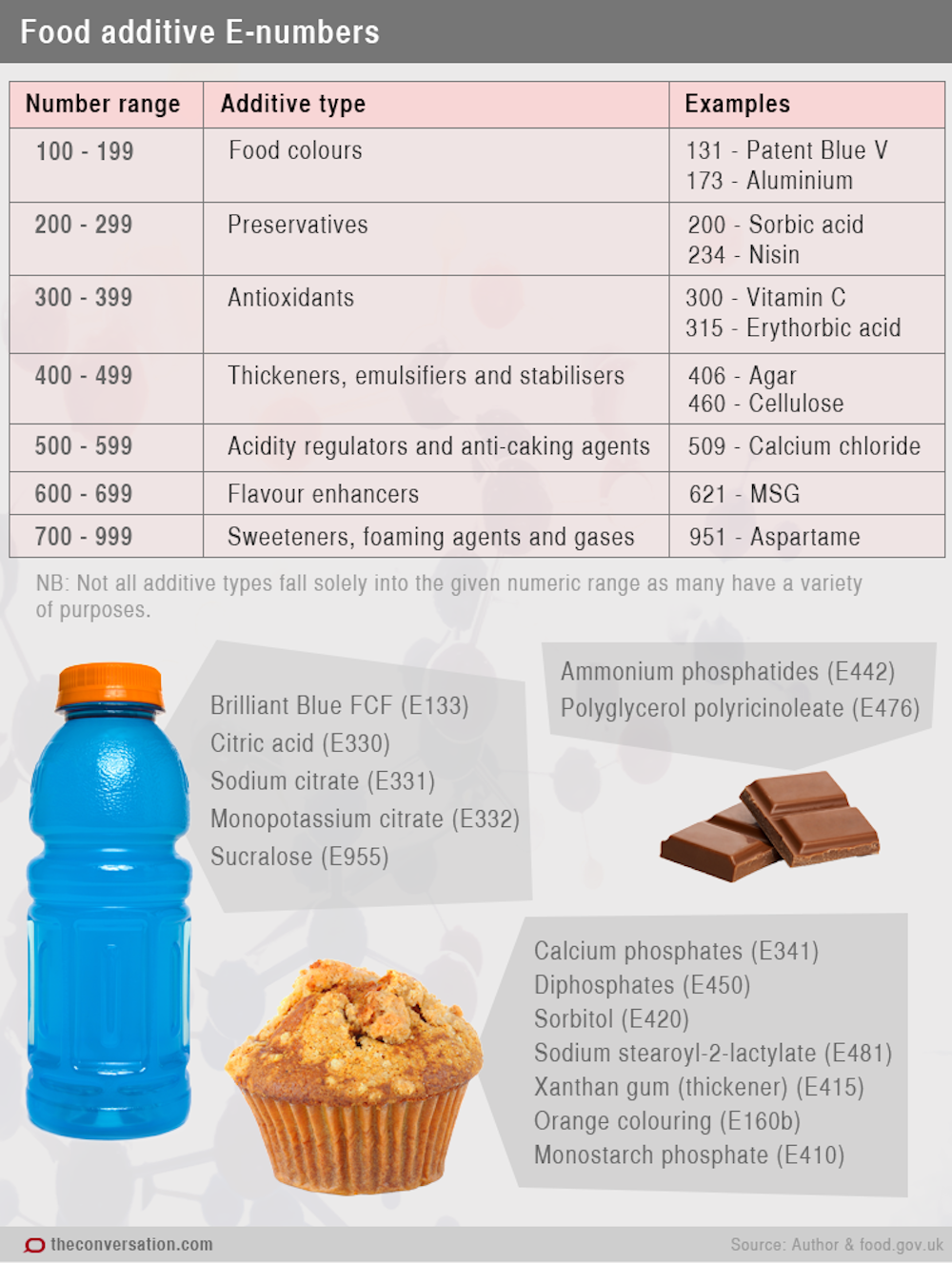
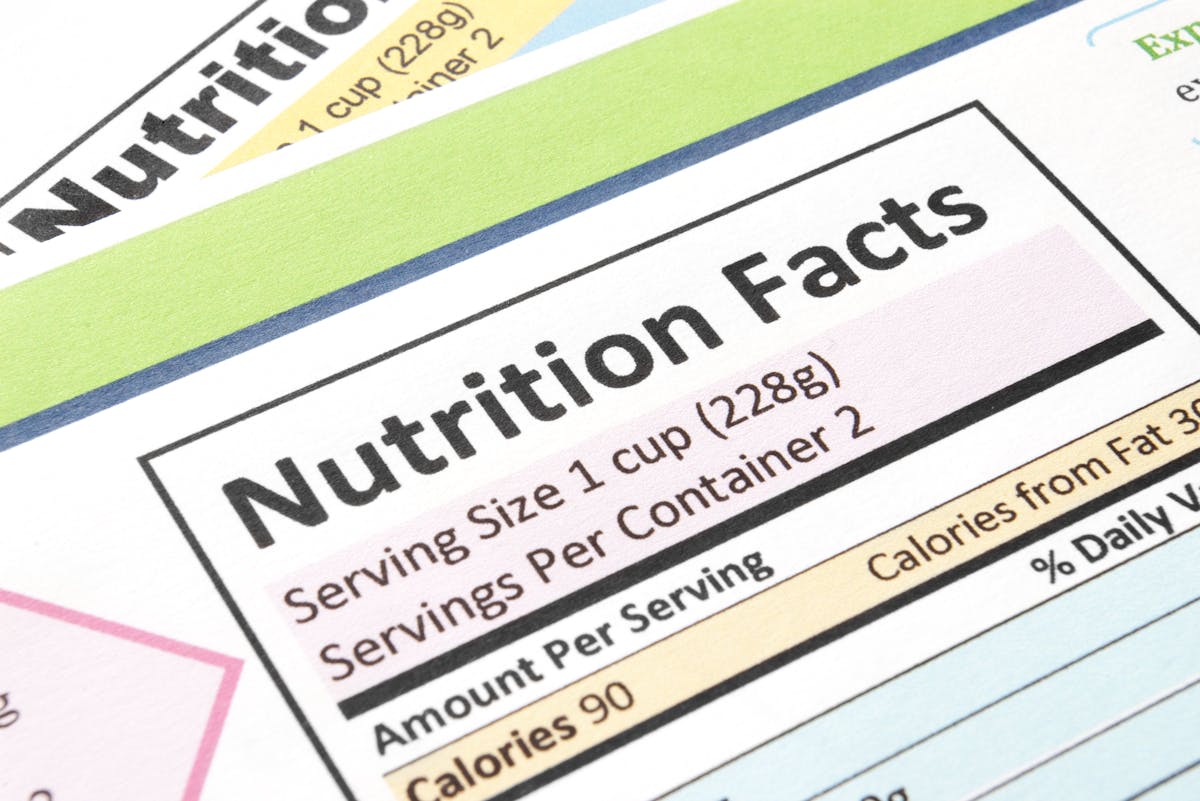
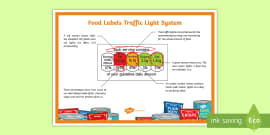



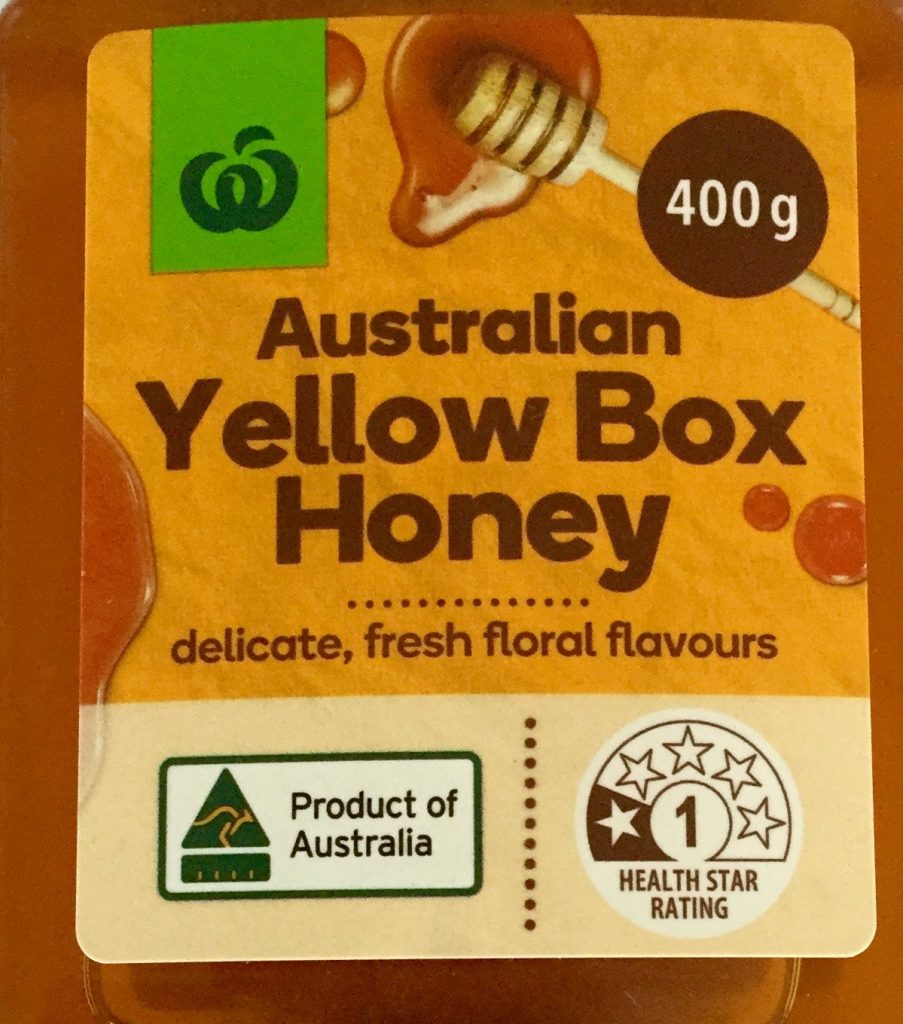
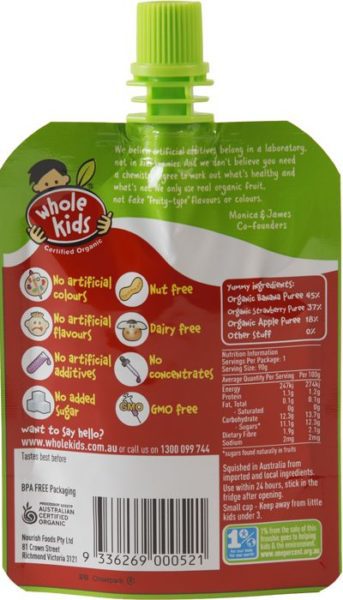

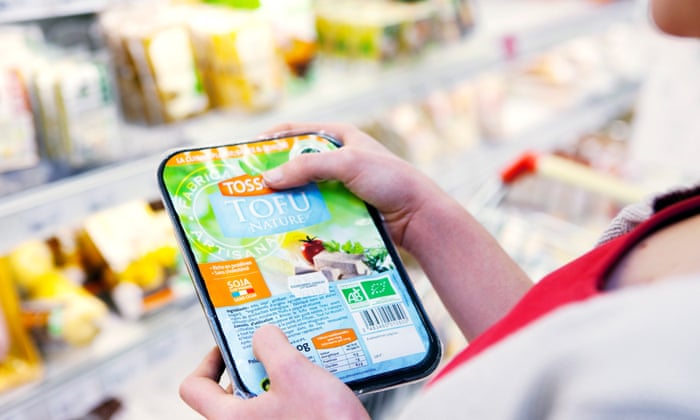
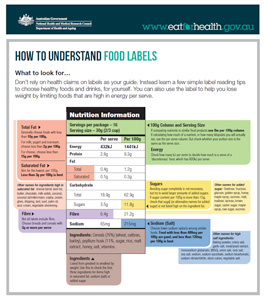

Post a Comment for "38 australian food labels explained"